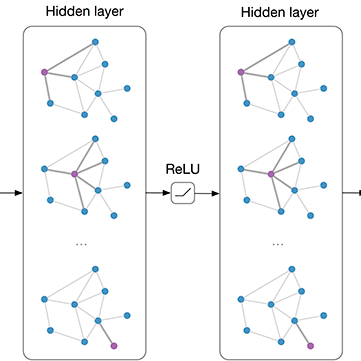Segmenting highly-overlapping objects is challenging, because typically no distinction is made between real object contours and occlusion boundaries. Unlike previous two-stage instance segmentation methods, we model image formation as composition of two overlapping layers, and propose Bilayer Convolutional Network (BCNet), where the top GCN layer detects the occluding objects (occluder) and the bottom GCN layer infers partially occluded instance (occludee). The explicit modeling of occlusion relationship with bilayer structure naturally decouples the boundaries of both the occluding and occluded instances, and considers the interaction between them during mask regression. We validate the efficacy of bilayer decoupling on both one-stage and two-stage object detectors with different backbones and network layer choices. Despite its simplicity, extensive experiments on COCO and KINS show that our occlusion-aware BCNet achieves large and consistent performance gain especially for heavy occlusion cases. Code is available at https://github.com/lkeab/BCNet.
翻译:高度重叠的物体是具有挑战性的,因为通常没有区分实际物体的轮廓和封闭边界。与前两阶段的分解方法不同,我们用两个重叠的层组成图像形成模型,并提议双层革命网络(BCNet),由顶层GCN层检测潜入物体(occluder)和底部GCN层分解部分隐蔽实例(ccludee),与双层结构的隔离关系明显建模自然地分解了悬浮和隐蔽情况的界限,并在掩码回归期间考虑它们之间的相互作用。我们验证了带有不同脊柱和网络层选择的双层分解一阶段和两阶段物体探测器的功效。尽管对COCO和KINS的广泛实验简单,但表明我们的封闭-aware BCNet取得了巨大和一致的性能收益,特别是对于严重隐蔽案例。代码可在 https://github.com/kkeab/BCNet上查阅。




